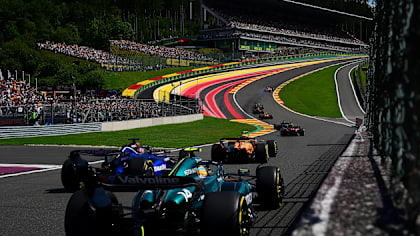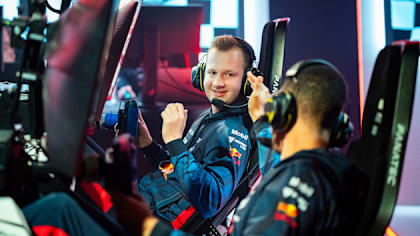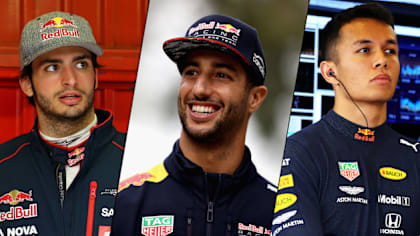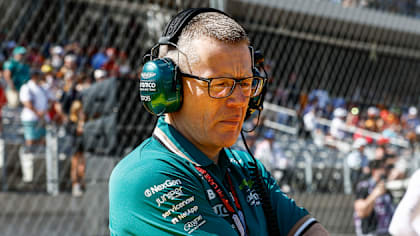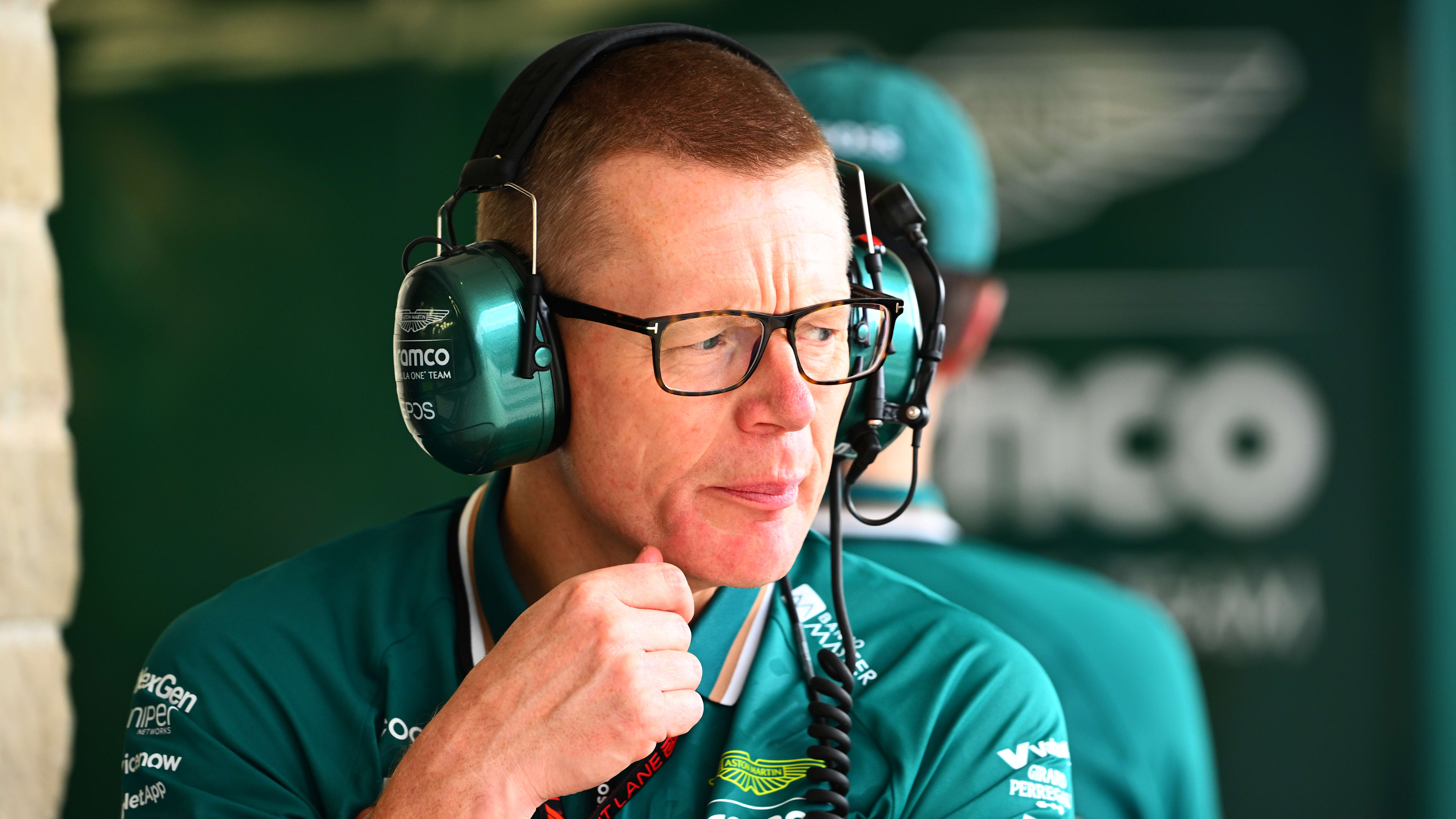Views were split in Budapest yesterday as the FIA cracked down further on the rules of radio communication between teams and their drivers.
The small but crucial changes are designed to eradicate the situation that occurred at Silverstone two weeks ago where Nico Rosberg, who had lost seventh gear, was given what stewards deemed excessive advice on how to handle the situation by his Mercedes engineers over the radio.

Nico Rosberg (GER) Mercedes AMG F1 at Formula One World Championship, Rd11, Preparations, Hungaroring, Hungary, Thursday 21 July 2016.
It makes it more challenging for us out on track, which is good
Nico Rosberg
Rosberg admitted that he had been on the verge of stopping, but by contravening the rule Mercedes managed to get the German home in second place behind team mate Lewis Hamilton. Rosberg incurred a 10-second penalty on his race time, but lost only three points by falling to third place behind Red Bull’s Max Verstappen and not the 15 he would have lost had he made a pit stop to investigate, or else retired.
To stamp out such practise, item two on the list of permitted messages now reads: "Indication of a problem with the car. Any message of this sort must include an irreversible instruction to enter the pits to rectify the problem or to retire the car."
Previously it had said: "Indication of a critical problem with the car. Any message of this sort may only be used if failure of a component or system is imminent and potentially terminal."
So if any driver now encounters the same type of problem Rosberg did in the British race, they are mandated to make a pit stop before the team can make any pronouncements on how to proceed.
Further changes mean messages are now restricted only when a car is out of the pit lane, rather than out of the garage as was previously the case. And messages relating to damage are now limited to bodywork only and not other components.
“Now things have been clarified once more, we really need to stick literally to the wording that he [FIA race director Charlie Whiting] has allowed us,” said Rosberg pragmatically of the changes. “And that’s it. So it’s clear. It’s a thing of the past now and moving forwards we need to make sure we stick to that.
“It’s not something I think about, it’s not something I have an opinion on - because I just want to make the best of what we have and let the people decide what’s best. It’s come about because fans have said we’re like puppets out there, you know, just doing what the engineers are saying. So now we’re trying this, and I think it’s okay. It makes it more challenging for us out on track, which is good. So it’s fine.
“I can understand a little bit the frustration of the fans because there was a lot going on and the engineers were giving us a lot of advice…”

Sebastian Vettel (GER) Ferrari at Formula One World Championship, Rd11, Preparations, Hungaroring, Hungary, Thursday 21 July 2016.
It was quite entertaining to hear a driver panicking a little bit on the radio, and the team panicking at the same time
Sebastian Vettel
Ferrari’s Sebastian Vettel, however, was less accepting of the revisions.
"Complete bull****!” he exclaimed to reporters. “All the radio issues we have are a joke.
"I looked at the [Silverstone] race after and I found, as a spectator, it was quite entertaining to hear a driver panicking a little bit on the radio, and the team panicking at the same time. It puts the element of human being into our sport that arguably is very complicated and technical.
"We're going a little bit in the wrong way, and that's why it's bad and we should just go back to being able to say what we want.”
Having had his own issues, when trying to change an engine mode in which Mercedes had chosen to start his car in Baku, Lewis Hamilton said he thought the technical directive made things clearer for the teams.
"I can't remember how much time I lost in that race," he said. "It was 13, 15 seconds or something like that, which I would've lost in the pit lane anyway. Even if I say I don't like it, it's going to stay the same, so the best way is to deal with it. We're all in the same boat."
Most took the view that having to come into the pit lane represents a much greater penalty than trying to stay out and deal with a problem and incurring a 10-second time penalty.
"We're racing drivers,” Haas’s Romain Grosjean said. “You don't want to get a 2,000-page manual on the car. If there is a problem you cannot solve, or a technical problem, you come into the pit lane and you can talk and do your stuff and do a pit stop and then you can go again. It doesn't take away the spicy things they want in racing, that you cannot be told that you have a problem. You have to come into the pit lane and therefore the race will be mixed up."
The FIA have also introduced electronic detection technology here in an attempt to prevent drivers violating track limits.
